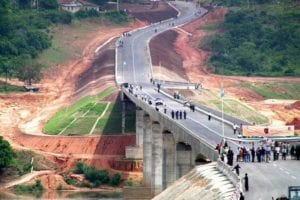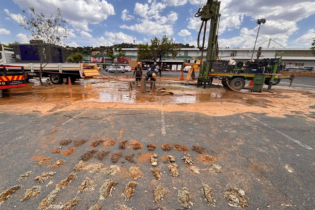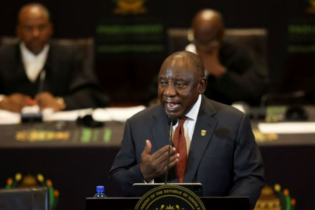Consulting Engineers South Africa (CESA) has long been encouraging partnership and collaboration with government in spurring up infrastructure development, both private and public.
News from the industry body this year has highlighted collaboration with the Department of Public Works and Infrastructure, as well as consultation with municipalities on improving service delivery. However, a recent dig through CESA archives has revealed that this push for partnership spans long before the recent actions of the institute. For more than 20 years, the industry body has been promoting infrastructure development as an avenue for economic recovery. Additionally, as found in a March 2000 edition of Government Digest, CESA has been offering assistance with government’s management and technical capacity since 1998. The article cites Pieter Conradie, 1998-2000 president of the previously named South African Association for Consulting Engineers (SAACE, now CESA). Commenting on the year 1999 and what he called the “worst economic conditions ever in our industry”, Conradie said: “As our member firms downsized to one or two person offices, we lost engineering expertise as the retrenched individuals migrated to other markets…” This is a statement that still rings true today, as many consulting engineers continue to consider new horizons, frustrated by the lack of projects available in South Africa. “While the recently gazetted list of strategic infrastructure projects should provide hope and opportunity for local professionals, the inconsistent pipeline of projects has historically been a pain-point for the profession,” says current CESA CEO, Chris Campbell. The March 2000 article goes on to say:According to Conradie, a major factor of the crisis in this industry was the cutback on infrastructure spending by the public sector, for new projects as well as for maintenance of existing assets. The Institute has noticed how local authorities all over the country are suffering from a lack of management and technical capacity.
“Our offers to assist with the project business plans and technical reports were received enthusiastically. This will be the only way to unlock millions of Rands available for infrastructure projects. It is up to members to initiate projects by assisting local authorities and to get funds flowing for the benefit of communities,” concludes Conradie. “Finding this article was bittersweet,” explains Campbell. “On the one hand, it is great to see that our support for government and drive for collaboration reaches so far back. For more than 20 years we have been offering our expertise for the growth of the built environment industry, and for the benefit of communities in need of new or improved infrastructure. On the other hand, it seems that in two decades not enough has been done in this regard. This article from 2000 reads like many of 2020 – we need to work with local authorities and tap into the funds available for infrastructure development,” says Campbell. Under the Infrastructure Development Act, 50 infrastructure projects were gazetted in July 2020 as Strategic Integrated Projects (SIPs), with more to come. These projects are allegedly “shovel ready” and mark the first tangible outcome after months of work by DPWI Minister, Patricia de Lille and the head of infrastructure investment in the Presidency, Dr Kgosientsho Ramokgopa. “The identified projects were selected from a list of more than 200 projects and should help jumpstart the built environment industry towards an improved pipeline of work, as well as provide communities with much-needed water, energy, residential and transport infrastructure,” concludes Campbell.







